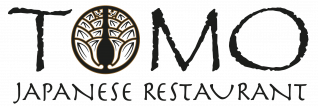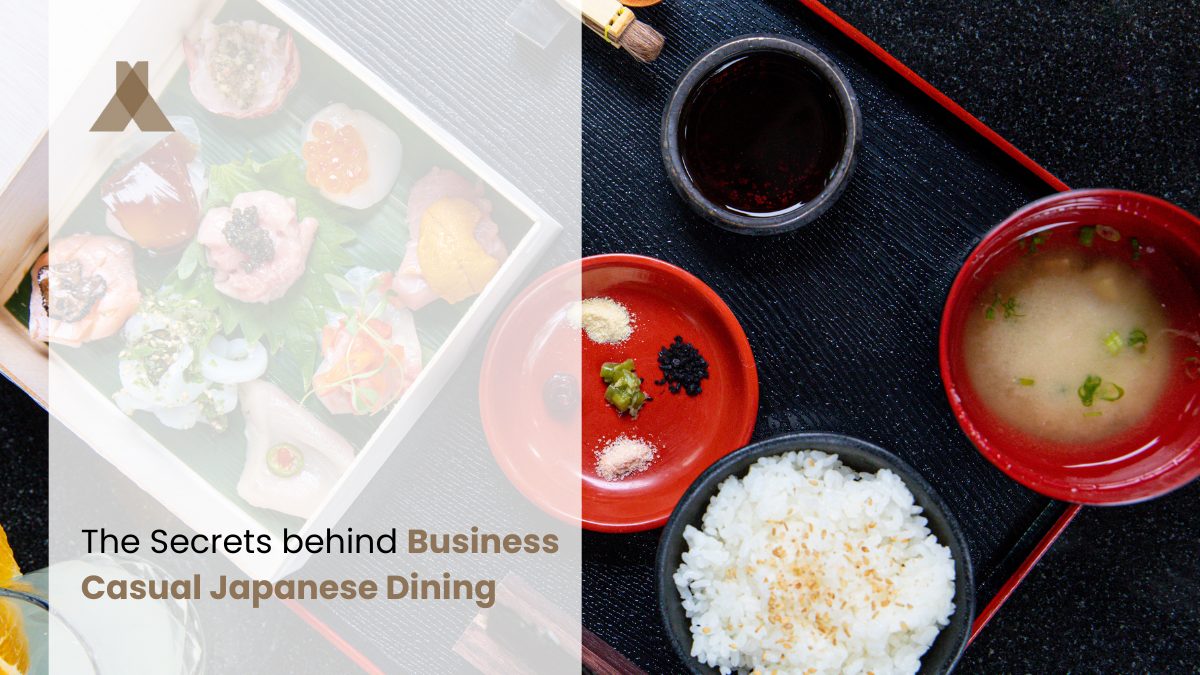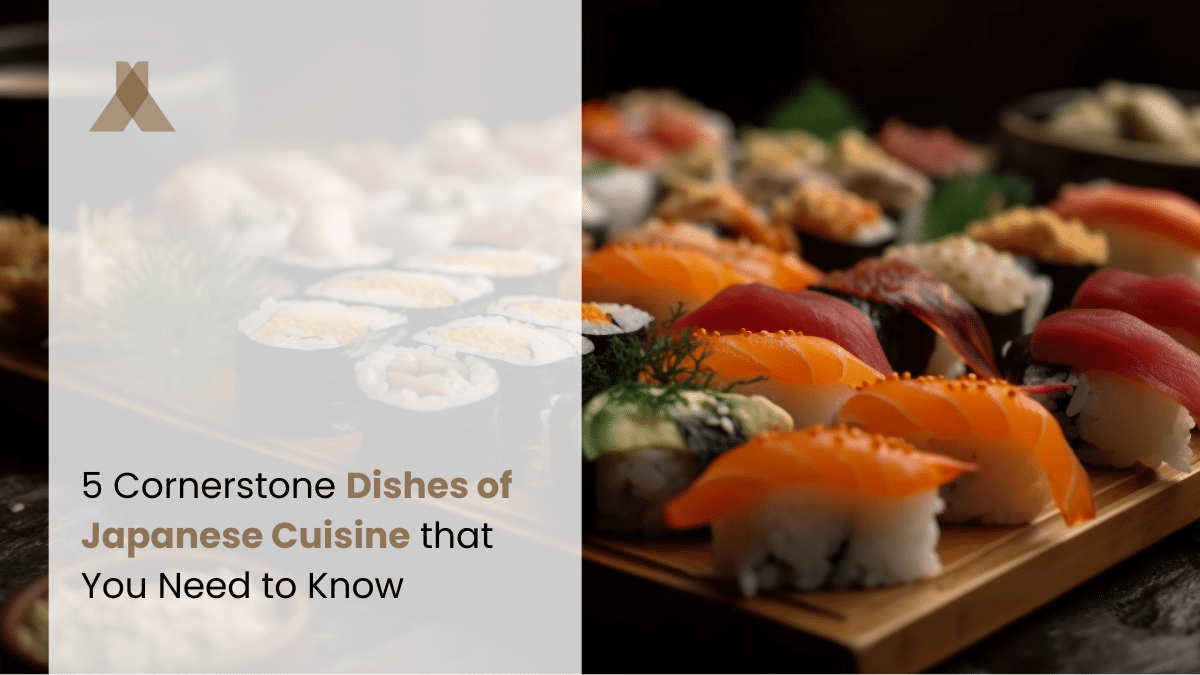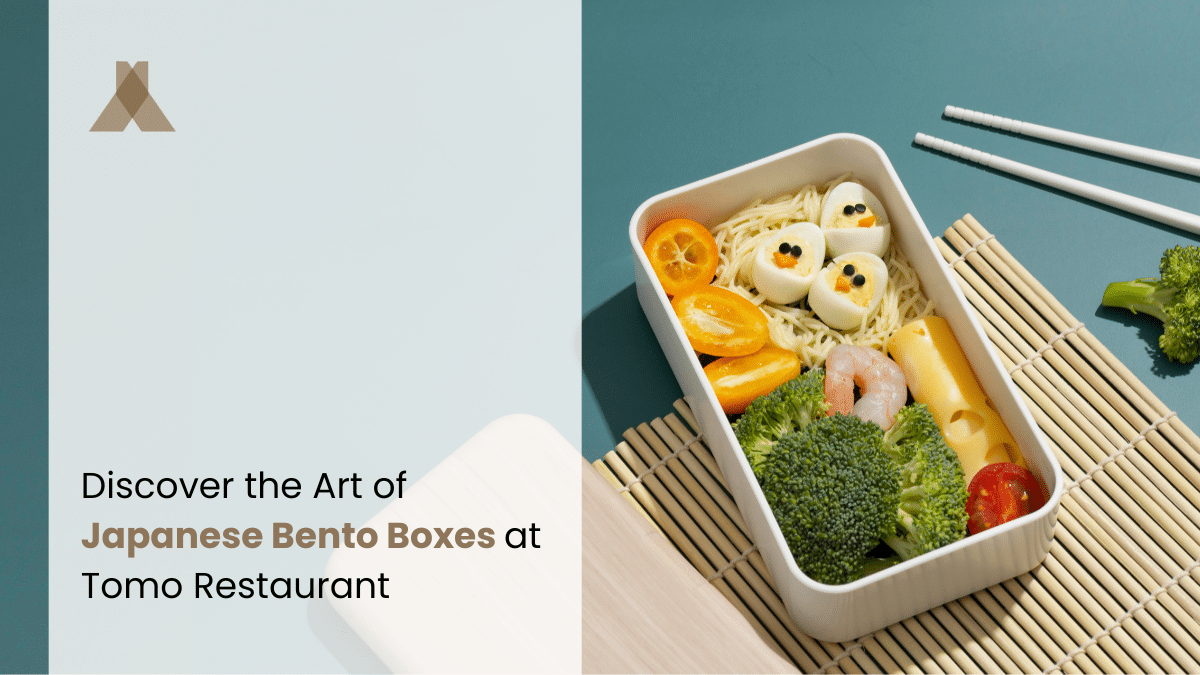Curious minds (and respectful, careful diners) often find themselves intrigued by the allure of authentic business casual Japanese dining. If you want to truly immerse yourself in Japanese cuisine and culture, here are the key tips for you to learn even the most detailed traditions that surround this dinner.
This way you can not only enjoy authentic Japanese food but also the submersive experience that involves apprehending other customs. So for all you westerners who want to enjoy Japanese food while respecting and truly understanding the traditions that go with it, this guide is for you.
What Defines Business Casual Japanese Dining?
Wondering what business casual Japanese dining is all about?
Well, for starters, if there’s one thing we can be sure of, it’s that the attention to detail in both the cuisine and the ambiance distinguishes it as a dining experience that transcends borders. Crossing the Atlantic has never been easier.
Local food is the epitome of every culture, it’s the key to the heart of a community. The further away, the more key the taste of a traditional dish is to open the doors to a way of life other than our own.
And to enjoy high-end Japanese cuisine requires exquisite preparation beforehand. Just as when we go on a journey, we think about what we are going to wear, what food we are going to taste, what situations we are going to be presented with.
In this case, we don’t need to go all the way to Japan to have that exciting feeling. For Japanese fine dining it’s key to think about the table manners, dress code and traditional etiquette that make the entire dinner a ceremony in itself.
Yes, local food is the epitome of every culture, but food doesn’t come alone. There are traditions that go beyond the recipe and make dining a travel experience in itself.
Japanese Dining Etiquette, Dress Code and Table Manners
To immerse oneself in Japanese culture and cuisine, it’s essential to first dive into Japanese dining etiquette, an integral part of the cultural narrative.
On the one hand, the dress code in Japan is a reflection of respect, with business casual attire representing a balance between sophistication and comfort.
While it is not necessary to dress overly formal (e.g., ties are not required), dressing modestly is important to maintain customs and cultural norms. This attire allows patrons to feel comfortable while still showing reverence to the manners of the dining experience.
On the other hand, Japanese table manners become crucial. From handling chopsticks with finesse to sipping soup from the bowl, every gesture is part of the whole.
A conscious effort to sit in accordance with traditional customs sets the tone for a respectful and enjoyable dining event. Let’s take a closer look at the key ingredients of this tradition.
10 Essentials Tips for Business Casual Japanese Dining
For business casual Japanese dining, mastering the nuances of etiquette becomes integral to fully appreciate the cultural richness associated with Japanese food and its rituals.
1. Seating etiquette
The way you sit at the Japanese dining table holds significance. Seiza, the traditional formal sitting style, involves kneeling with the tops of the feet flat on the floor. For a more relaxed approach, sitting cross-legged is acceptable.
2. Towel tradition
Upon seating, you may find a small, damp towel, or oshibori, offered. This is not for the face but for cleansing your hands. Unroll the towel and gently cleanse your hands, ensuring a fresh start to the meal.
3. Toasting protocol
Although not as prominent as in some Western cultures, toasting is still present in Japanese dining. When raising glasses, it’s customary to maintain eye contact as a sign of sincerity and respect.
4. Chopstick mastery
Avoid pointing with them or sticking them upright into a bowl, as these actions are considered impolite. Place them on the rest when not in use, signaling your appreciation for the craftsmanship of the table setting.
5. Handling and eating
When it comes to the soup bowl, lift it close to your mouth for sipping to avoid any spills. Also, food should always be eaten in one bite, so try not to bite food into smaller bits.
6. Drinking rituals
Partaking in beverages is a ritual in itself. Hold the cup with both hands when receiving a drink, and don’t pour your own: let your dining companion do it, expressing mutual respect.
7. Gratitude gestures
Expressing gratitude is woven into the fabric of Japanese dining. A simple “itadakimasu” (“i greatly receive”) before the meal and “gochisousama deshita” afterward (“thank you for the feast”), meaning convey appreciation for the food and the effort behind its creation.
8. Wasabi wisdom
When it comes to wasabi, avoid mixing it directly into soy sauce, as it can be seen as disrespectful to the chef’s flavor balance. Instead, place a small amount directly on your food.
9. Tea Ceremonies
If presented with a tea ceremony, participate with a serene demeanor. Accept the cup with both hands, take a moment to appreciate the aroma, and sip slowly.
10. Ending
As the meal concludes, express your gratitude to the chef and staff. Folding the napkin neatly indicates your respect and appreciation for the entire dining experience.
Now you are ready to depart the table with a sense of satisfaction, having not just savored a meal but immersed yourself in the cultural heritage of business casual Japanese dining.
Selecting the Right Business Casual Japanese Dining Venue
Choosing the perfect venue for business casual Japanese dining involves considering more than just the menu. Ambiance and service are paramount, setting the tone for the entire experience.
Nowadays, engaging with social media can help diners make informed decisions and discover hidden gems within the Japanese dining scene. Patrons often share their experiences, providing firsthand accounts of what to expect, from standout menu items to the level of service received.
And of course, a great attraction that needs no further ado will be the restaurants recommended by the Michelin guide.
These are revered for their commitment to quality, innovation, and impeccable service. Michelin Japanese restaurants are the hallmark of culinary excellence, and for discerning diners, they serve as a guide to the crème de la crème of Japanese dining.
So for those in search of top quality Japanese restaurants in Atlanta, a visit to Tomo Japanese restaurant is a must. Nothing better than booking a table, dazzling with your newfound knowledge of the traditions of business casual Japanese dining and indulging in Michelin sushi in Atlanta.
Recommended by the Michelin guide, Tomo offers from a traditional Japanese menu to special dinners such as tuna Tuesday or omakase, where you can relax and rely on the magic of the chef’s careful selection and craftsmanship.
Just explore their social media, read recommendations from Michelin diners and let yourself be tempted by authentic Japanese cuisine and culture.
Conclusion: Mastering the Japanese Dining Etiquette
We have seen then that a traditional business casual Japanese dining entails not only enjoying delicious Japanese cuisine, even Michelin sushi, but also the exhilaration of learning about other cultures and customs.
This guide is therefore not only for lovers of Japanese food, but also for soulful travelers.
This guide is for all those who find in a plate of local food not just a dish but a ritual, a cultural heritage that crosses generations (and oceans) to our table.





